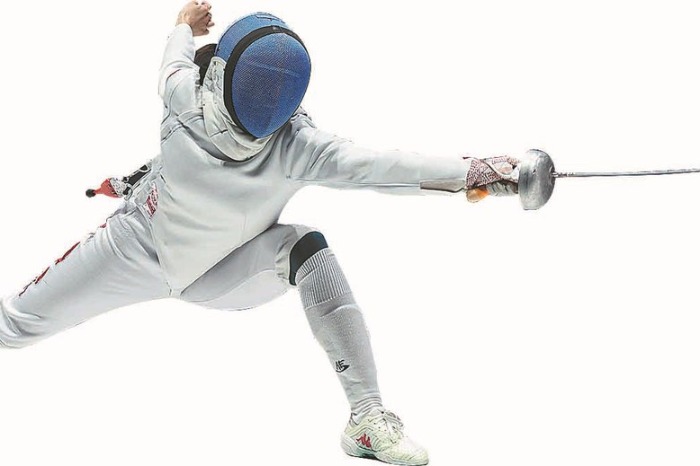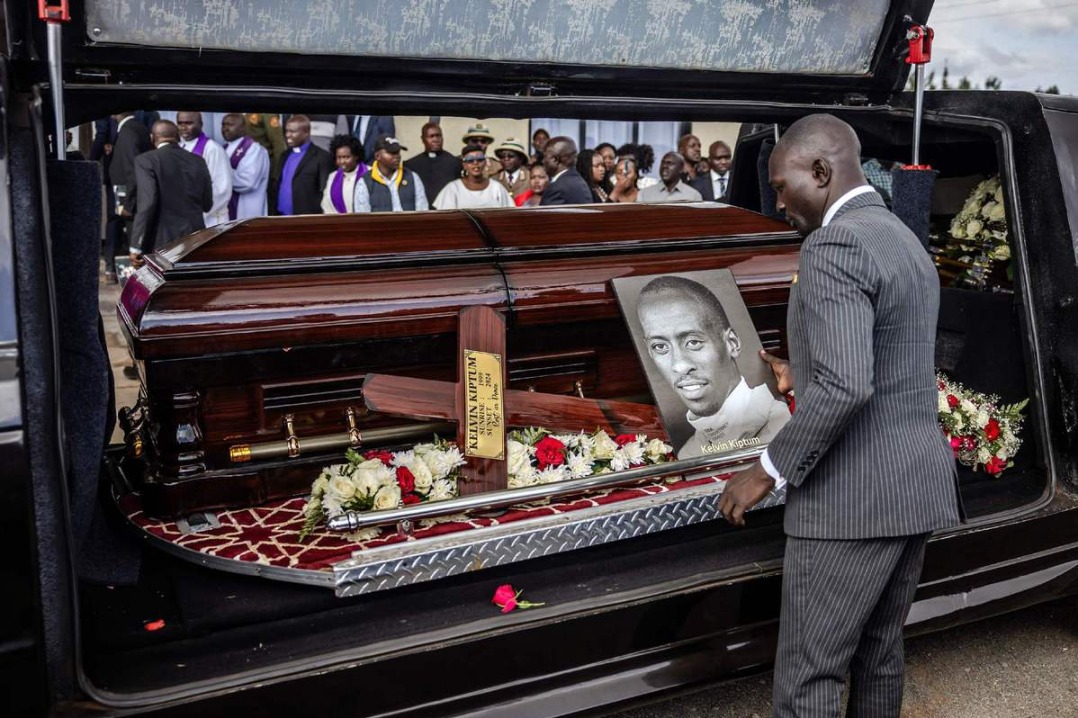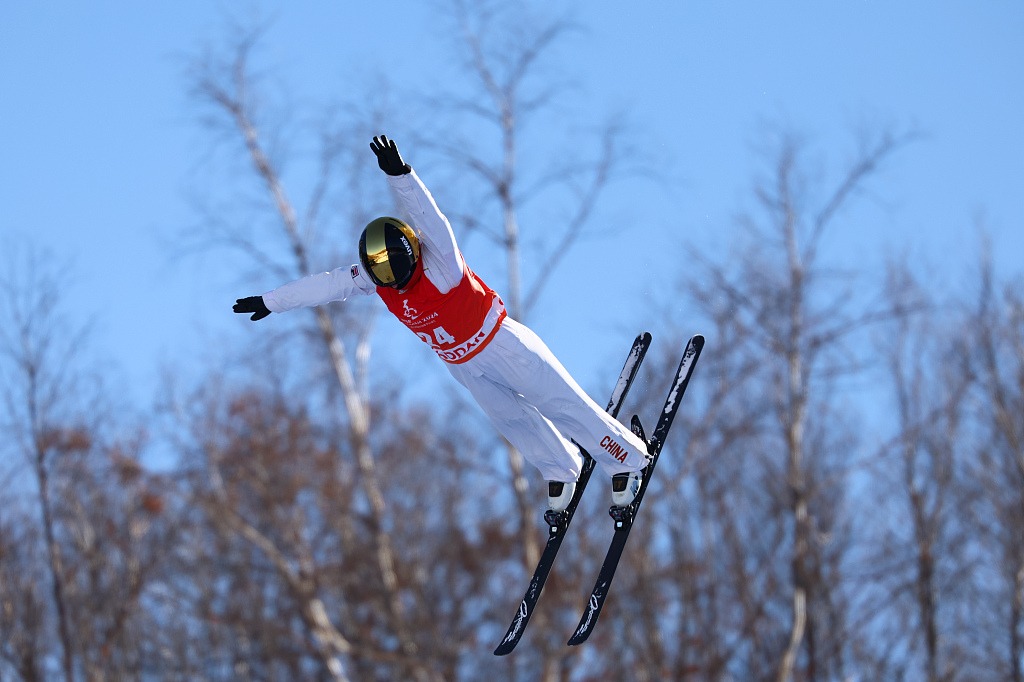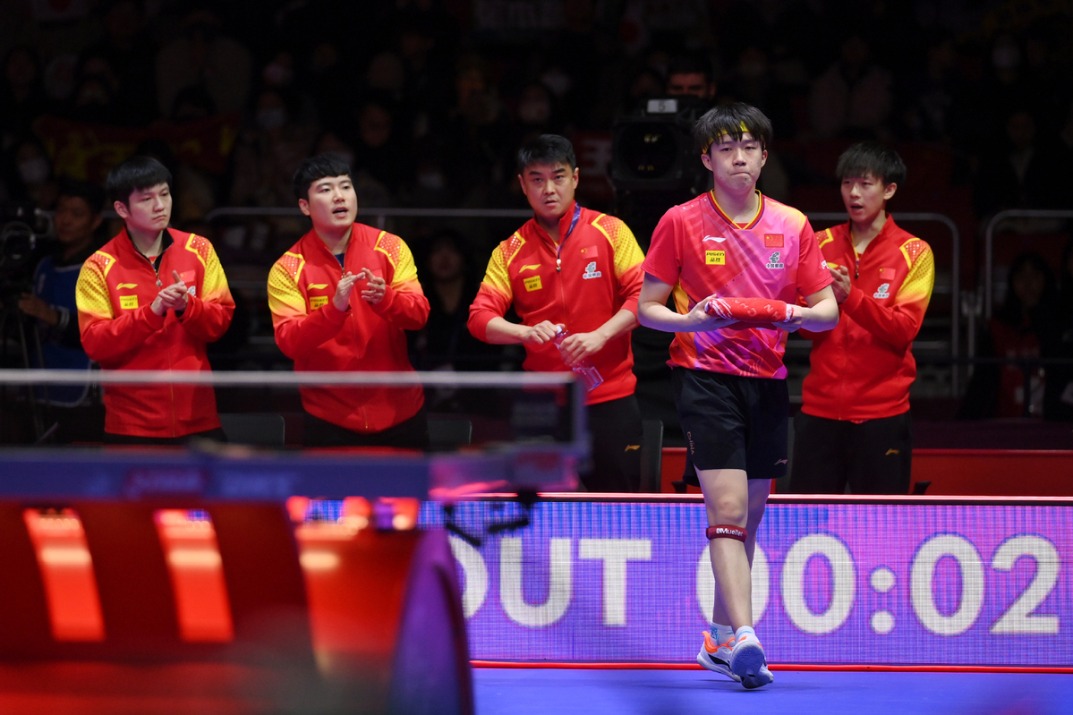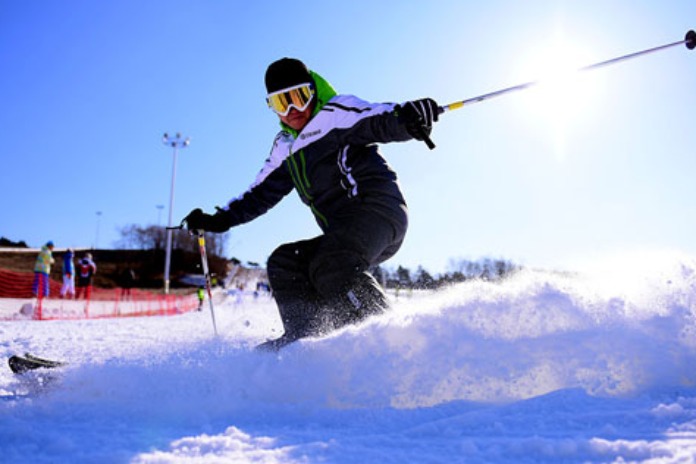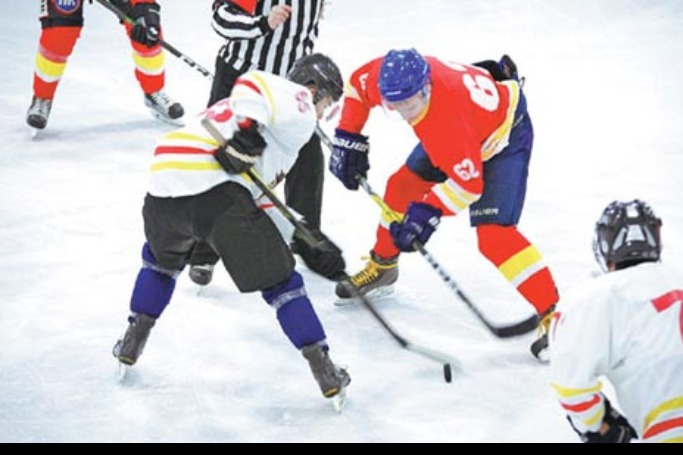Robot umpires part of major changes to minor leagues

Robot umpires. Bigger bases. Limits on pick-off attempts and defensive shifts.
Those are just a few of the innovations minor-league professional baseball is implementing in North America this season in a dress rehearsal for eventually bringing them to MLB.
With 40 fewer affiliated teams thanks to the impact of the pandemic, the minors will look radically different when they return next month, with MLB closely monitoring the rule changes.
While there is no guarantee the modifications will eventually be adapted at the big-league level, each has been deemed worthy of more serious scrutiny by MLB's competition and rules committees, who will report their findings to the major-league clubs after the conclusion of the season.
"The game on the field is constantly evolving," MLB consultant and former Chicago Cubs and Boston Red Sox executive Theo Epstein told mlb.com on the weekend.
"MLB must be thoughtful and intentional about progressing toward the very best version of baseball-a version that is true to its essence and has enough consistent action and athleticism on display to entertain fans of all ages."
Here's a rundown on the most pertinent changes, and what MLB is hoping to see as it aims to boost TV and online interest in America's national game:
・ Robot umpires
In the Class A Southeast League, the computerized Hawk-Eye tracking system-the same one used by some European soccer leagues and pro tennis-will be utilized to deliver an audio ball-strike signal to the home-plate umpire, who will then relay the call.
MLB has previously experimented with non-human umpires in the Atlantic League and Arizona Fall League, but this system takes it to a new level-although it hasn't yet been determined whether umpires will be mandated to relay the computerized calls or only receive them as a strong recommendation.
・ Bigger bases
At the Triple A level, the size of first, second and third base will be increased from 15 square inches (38 square centimeters) to 18 square inches (46 sq cm).
MLB cites a reduction in injuries for the change, the idea being to create more room for runners to avoid colliding with defenders. It's also hoped that slightly larger bases will result in more successful steal attempts.
・ Four infielders on the dirt
At the Double A level, defenses will be required to have a minimum of four players standing with both feet on the infield dirt ahead of a pitch. This is the boldest step yet in MLB commissioner Rob Manfred's efforts to kill the ubiquitous defensive shift, which he has long criticized as too stifling for offenses.
・ Pitchers can't pick-off from rubber
Pitchers will be required to step off the rubber prior to throwing to any base. Failure to do so will be ruled a balk. At the Class A level, pitchers will be limited to a total of two pickoff attempts or step-offs per plate appearance. If a third attempt is made, it's a balk as long as the runner makes it back to base safely.
・ Pitch clock
New regulations have been added to the pitch clocks to enforce a 20-second time limit on delivery, as well as shorter inning breaks and pitching substitutions.
All the changes were implemented after extensive fan research and opinion gathering from on-field and executive personnel at both the minor-league and MLB level.
"We are listening to our fans," said Michael Hill, MLB's president of on-field operations. "This effort is an important step towards bringing to life rule changes aimed at creating more action and improving the pace of play."
Most Popular
- China weathers challenges in title defense at historic Busan table tennis team worlds
- Wang Ye speeds to 500m gold in Poland
- Youth hockey tourney a big hit in Tangshan
- 'En garde' for paris glory
- China wins men's team title at table tennis worlds
- Sports is becoming a support for refugees worldwide
















